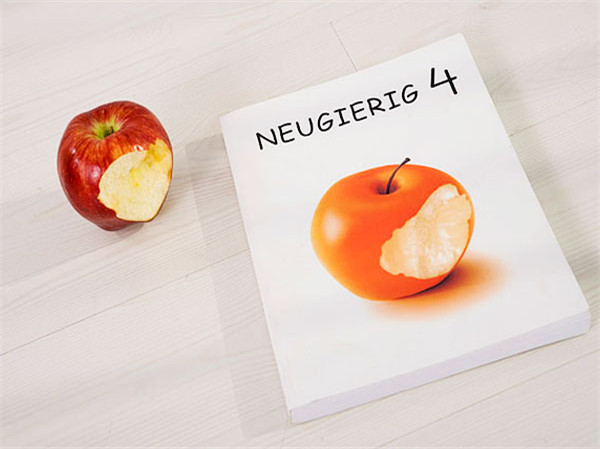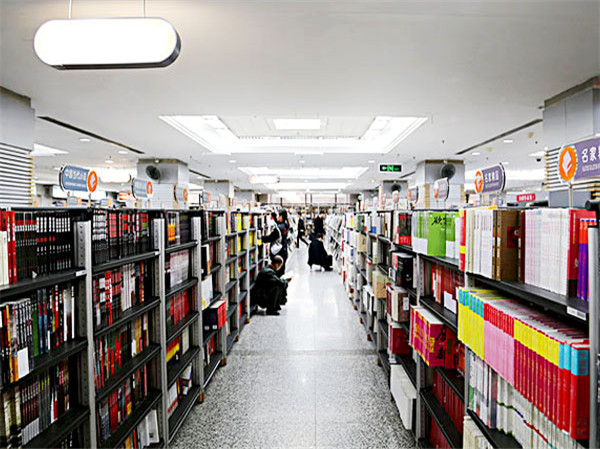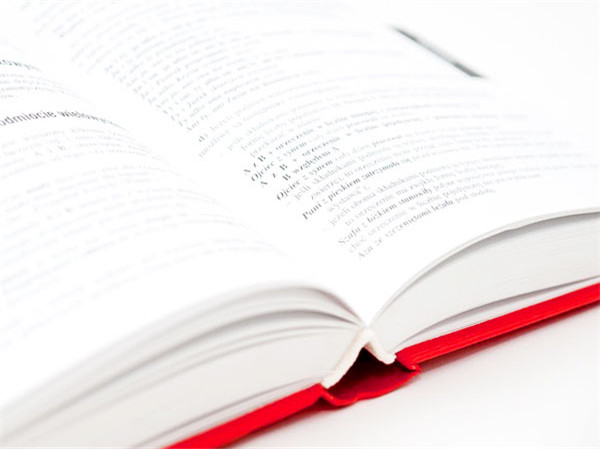现在大家在进行托福备考时官方真题Official托福模考软件相信是大家用的最多的工具了,对于托福成绩的提升是非常有帮助的。托福听力可以说是整个托福考试当中比较重要的一个部分,如何利用现有资料官方真题Official模考软件来提升大家的托福成绩呢?今天小编在这里整理了官方真题Official7托福听力Lecture1文本+题目+答案解析来分享给大家,希望对大家托福听力备考有帮助。

官方真题Official7托福听力Lecture1原文文本
Narrator: Listen to part of a lecture in a class on theater history. The professor is discussing the theater of 19th-century France.
Professor: The 19th century was the time that saw what we called Realism developed in the European theater. Um… to understand this though, we first need to look at an earlier form of drama known as the well-made play, which basically was a pattern for constructing plays, plays that... uh.. beginning with some early 19th century comedies in France proved very successful commercially.
The dramatic devices used here weren’t actually anything new. They had been around for centuries. But the formula for a well-made play required that the certain of these elements be included in a particular order.
And most importantly, that everything in the play be logically connected. In fact, some of these playwrights would start by writing the end of a play and work backward toward the beginning, just to make sure each event led logically from what had gone before. Ok, so what are the necessary elements of a well-made play?
Well, the first is logical exposition. Exposition is whatever background information you have to reveal to the audience. So, they‘ll understand what’s going on. Before this time, exposition might have come from actors simply giving speeches. Ur, someone might walk out on a stage and say: “In fair Verona where we lay our scene!” and then tell all about the feuding families of Romeo and Juliet.
But for the well-made play, even the exposition had to be logical, believable. So, for example, you might have two servants gossiping as they are cleaning the house. And one says, Oh, what a shame the master’s son is still not married. And the other might mention a rumor about a mysterious gentleman who’s just moved into town with his beautiful daughter. These comments are part of the play’s logical exposition.
The next key element of a well-made play is referred to as the inciting incident. After we have the background information, we need a key moment that gets things moving, that really makes the audience interested in what happens to the characters we just heard about.
So, for example, after the two servants reveal all this background information, we meet the young man. Just as he first lays eyes on the beautiful young woman, and immediately falls in love. This is the inciting incident. It sets off the plot of the play.
Now, the plot of a well-made play is usually driven by secrets. Things that the audience knows, but the characters often don’t know.So, for example, the audience learns through a letter or through someone else’s conversation who this mysterious gentleman is and why he left the town many years before. But the young man doesn’t know about this. And the woman doesn’t understand the ancient connection between her family and his.
And before the secrets are revealed to the main characters, the plot of the play proceeds as a series of sort of up and down moments. For example, the woman first appears not to even notice the young man, and it seems to him like the end of the world.But then, he learns that she actually wants to meet him, too. So, life is wonderful.
Then, if he tries to talk with her, maybe her father gets furious, for no apparent reason. So, they can’t see each other. But, just as the young man has almost lost all hope, he finds out, well you get the idea, the reversals of fortune continue, increasing the audience’s tension and excitement, making them wonder if everything is going to come out okay or not.
Next comes an element known as the: obligatory scene. It’s a scene, a moment in which all the secrets are revealed. And generally, things turn out well for the hero and others we care about, a happy ending of some sort. This became so popular that a playwright almost had to include it in every play, which is why it’s called: the obligatory scene.
And that’s followed by the final dramatic element — the denouement or the resolution, when all the loose ends have to be tied up in a logical way. Remember, the obligatory scene gives the audience emotional pleasure. But the denouement offers the audience a logical conclusion. That’s the subtle distinction we need to try very hard to keep in mind.
So, as I said, the well-made play, this form of playwriting, became the basis for realism in drama, and for a lot of very popular 19th-century plays. And also, a pattern we find in the plots of many later plays and even movies that we see today.
查看官方真题Official7托福听力Lecture1的题目请进入下一页→→→
相关推荐
-
【官方真题Official托福阅读】官方真题Official3托福阅读词汇真题练习——pales&significance
2015-11-19![【官方真题Official托福阅读】官方真题Official3托福阅读词汇真题练习——pales&significance]()
-
【托福听力备考】官方真题Official听力高频词汇——文学讲座学科词汇汇总
2015-11-06![【托福听力备考】官方真题Official听力高频词汇——文学讲座学科词汇汇总]()
-
托福到底能考多少分?19年必练真题告诉你答案
APP专享![托福到底能考多少分?19年必练真题告诉你答案]()
-
【官方真题Official托福阅读】官方真题Official3托福阅读词汇真题练习——ensuing&initial
2015-11-19![【官方真题Official托福阅读】官方真题Official3托福阅读词汇真题练习——ensuing&initial]()
-
【官方真题Official托福阅读】官方真题Official3托福阅读词汇真题练习——guarantee&ensure
2015-11-19![【官方真题Official托福阅读】官方真题Official3托福阅读词汇真题练习——guarantee&ensure]()
-
【官方真题Official托福阅读】官方真题Official3托福阅读词汇真题练习——arduous&difficult
2015-11-19![【官方真题Official托福阅读】官方真题Official3托福阅读词汇真题练习——arduous&difficult]()
-
【官方真题Official托福模考】官方真题Official4托福阅读词汇真题练习 adjacent&nearby
2015-12-04![【官方真题Official托福模考】官方真题Official4托福阅读词汇真题练习 adjacent&nearby]()
-
官方真题Official4托福阅读词汇真题练习——rebound&decline
2015-12-04![官方真题Official4托福阅读词汇真题练习——rebound&decline]()
-
【托福阅读备考】官方真题Official1托福阅读词汇真题练习——plugged&washed
2015-11-09![【托福阅读备考】官方真题Official1托福阅读词汇真题练习——plugged&washed]()
-
官方真题Official5托福阅读词汇真题练习——promote&complicate
2015-12-09![官方真题Official5托福阅读词汇真题练习——promote&complicate]()
-
【官方真题Official托福阅读】官方真题Official3托福阅读词汇真题练习——devised&suggested
2015-11-19![【官方真题Official托福阅读】官方真题Official3托福阅读词汇真题练习——devised&suggested]()
-
【官方真题Official托福阅读】官方真题Official3托福阅读词汇真题练习——particular&final
2015-11-19![【官方真题Official托福阅读】官方真题Official3托福阅读词汇真题练习——particular&final]()
-
【官方真题Official托福阅读】官方真题Official3托福阅读词汇真题练习——integral&variable
2015-11-19![【官方真题Official托福阅读】官方真题Official3托福阅读词汇真题练习——integral&variable]()
-
官方真题Official8托福阅读词汇真题练习——disruption&exhaustion
2015-12-18![官方真题Official8托福阅读词汇真题练习——disruption&exhaustion]()
-
【托福阅读备考】官方真题Official1托福阅读词汇真题练习——autonomous&artistic
2015-11-09![【托福阅读备考】官方真题Official1托福阅读词汇真题练习——autonomous&artistic]()
-
【小站推荐】官方原题Official模考软件之考托模考测试题C1
2014-05-04![【小站推荐】官方原题Official模考软件之考托模考测试题C1]()
-
【托福听力备考】官方真题Official听力高频词汇——歌剧讲座学科词汇汇总
2015-11-06![【托福听力备考】官方真题Official听力高频词汇——歌剧讲座学科词汇汇总]()
-
官方真题Official5托福阅读词汇真题练习——overwhelm&powerful
2015-12-09![官方真题Official5托福阅读词汇真题练习——overwhelm&powerful]()
-
官方真题Official5托福阅读词汇真题练习——afford&offer
2015-12-09![官方真题Official5托福阅读词汇真题练习——afford&offer]()
-
【官方原题Official模考软件】小站推荐考托模考测试题B1
2014-05-04![【官方原题Official模考软件】小站推荐考托模考测试题B1]()
-
【托福阅读备考】官方真题Official1托福阅读词汇真题练习——out of sight
2015-11-09![【托福阅读备考】官方真题Official1托福阅读词汇真题练习——out of sight]()
定制专属课程规划
领取成功
添加助教,定制你的专属课程规划

每日提分任务
专业提分资料
全程督学答疑
























